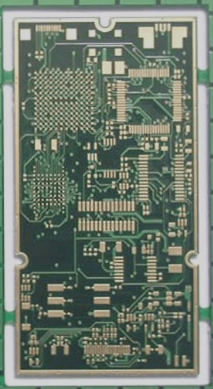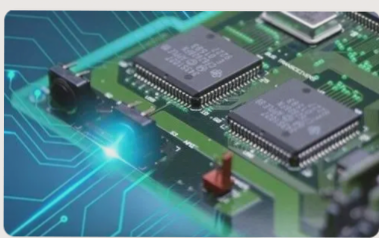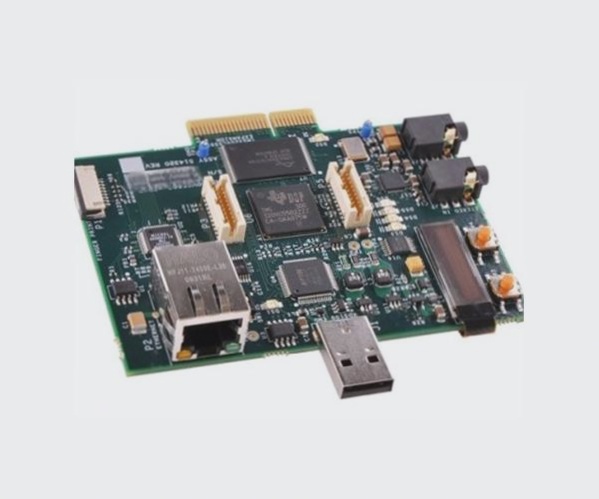History of SLS Technology
Selective Laser Sintering (SLS) stands as one of the earliest forms of 3D printing. Today, the most prevalent powder bed fusion systems are plastic-based and fall under the category of SLS.
Working Principle of SLS 3D Printing
In SLS 3D printing, the print chamber is heated and filled with nitrogen to keep the powder below its melting point. A laser is then directed to sinter the powder layer by layer, forming a solid object. The process repeats until the entire model is printed.
Materials Used in SLS
Nylon, specifically Nylon 11 and Nylon 12 (PA 11 and PA 12), is the primary material for SLS. These thermoplastics offer durability, flexibility, and resistance to various elements, making them ideal for rapid prototyping and production.
Characteristics of SLS Models
- SLS models have a unique granular surface and can absorb water for coloring.
- Shrinkage and warping are common in SLS models, requiring adjustments in design.
- Oversintering can lead to the loss of small features, influenced by feature size and wall thickness.
- Hollow sections in SLS models reduce weight and cost, and support structures are not needed.
Post-Processing and Applications
Post-processing techniques like polishing and painting can enhance the appearance of SLS models. SLS is suitable for small batch production and offers advantages such as no need for support structures. However, it requires specialized environments and maintenance.
Future of SLS Technology
Despite higher costs and complex post-processing, advancements in materials and technology are expected to increase the popularity of SLS alongside other 3D printing methods like FDM and DLP in the future.
Do you have questions about PCBs and PCBA?
Feel free to reach out to me at info@wellcircuits.com for expert advice and assistance.
Latest Updates:
- New advancements in PCB manufacturing technology
- Tips for optimizing your PCBA process
- Common challenges in PCB design and solutions



